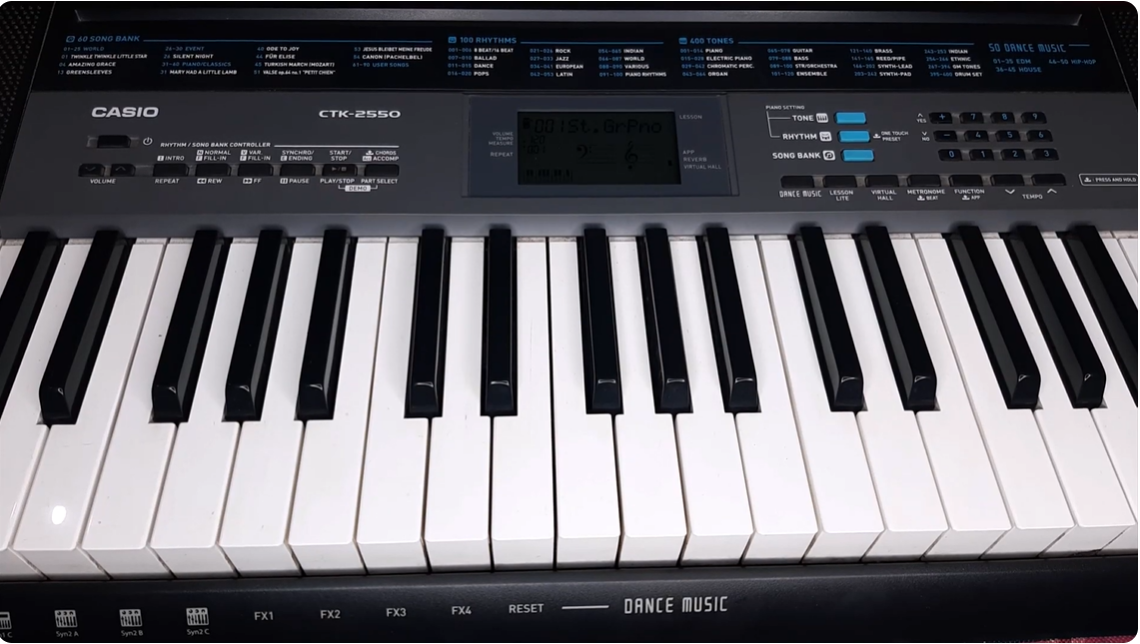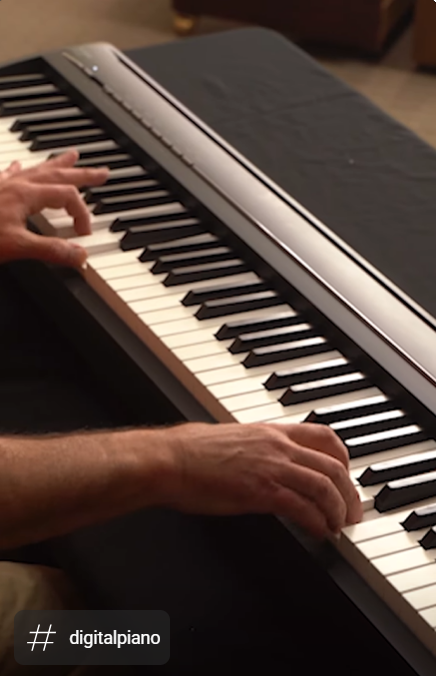Table of Contents
ToggleWhat Is Polyphony on a Digital Piano?
Buying a digital piano can feel overwhelming—especially if you’re new to the world of pianos. With so many different models, features, and price points, it’s easy to get confused and not know where to begin. But don’t worry, you’re not alone—and the good news is, it doesn’t have to be so complicated.
In this article, I want to clear up some of that confusion and help you make a more informed choice. One term that often trips people up is polyphony. If you’ve never heard of it before, you’re definitely not alone—and you might be wondering why it even matters.
The truth is, polyphony plays a big role in how your digital piano performs. It’s one of the key differences between acoustic and digital pianos, and if you don’t pay attention to it, it could actually hold back your progress as a player. Let’s take a closer look at what polyphony really means—and why it’s so important when choosing the right digital piano for your needs.
Here’s a simple way to understand polyphony digital piano.
The word “polyphony” comes from two parts: “poly,” meaning many, and “phony,” meaning sounds. So, polyphony means many sounds playing at the same time.
In the context of pianos, polyphony refers to how many notes can sound simultaneously. You might wonder why this matters—after all, you only have five fingers on each hand, so you can only play up to ten notes at once, right?
Not quite. The reason polyphony matters is because of the sustain pedal. When you press the sustain pedal on a piano, it keeps the notes ringing even after you release the keys. This means notes can overlap and blend together, creating a richer sound.
Imagine holding down the sustain pedal and playing each of the 88 keys one after another. Because the notes don’t stop immediately, all 88 notes would be sounding at the same time.
On an acoustic piano, this isn’t really a limit, since the instrument naturally allows all these sounds to resonate together. But on a digital piano, polyphony is limited by how many notes the instrument can produce at once, depending on its design.

So, polyphony isn’t just about how many keys you can press at once—it’s about how many notes can ring out together, especially when using the sustain pedal.
What Is Polyphony on a Digital Piano?
Polyphony on a digital piano refers to the maximum number of notes the instrument can produce at the same time. Most modern digital pianos offer around 128-note polyphony or more. However, some models have lower limits—like the Yamaha P45 with 64-note polyphony or the Casio CDP-130, which offers just 48 notes.
Simply put, if your digital piano has 64-note polyphony, it can play up to 64 individual sounds simultaneously. If you exceed that limit, the piano will start cutting off some of the earlier notes to make room for the new ones. Whether you notice this happening depends on the music you’re playing.
But what exactly counts as a “sound”? It’s a bit more than just the number of keys you press at once. Polyphony also includes the different voices or tones you select on your piano—like strings, harpsichord, vibraphone, and so on.
For example, if you play five notes using only the piano voice, that uses five notes of polyphony. But if you layer the piano sound with strings, those same five notes now count as ten notes toward your polyphony limit. Using the sustain pedal adds even more notes because it holds the sound longer, increasing the number of active notes your piano has to handle.
There are other factors too. Background drum tracks or metronomes running on your digital piano also use up polyphony. And if you’re playing duets—especially with students—you can quickly double the number of notes, making it easier to hit the polyphony ceiling on entry-level keyboards.
It’s frustrating when notes suddenly cut out during your playing, and often this happens because the piano’s polyphony limit has been reached. The good news is this issue can usually be avoided by choosing a digital piano with higher polyphony, ensuring smooth, uninterrupted sound no matter how complex your performance gets
Why Polyphony Matters
Polyphony is a crucial feature for every digital piano player, no matter what style of music you play. If you buy a digital piano with too low polyphony, you’ll quickly get frustrated as you improve and try to play more complex pieces—notes will start cutting off unexpectedly, ruining your sound.
This issue is especially noticeable in classical music, where your hands often play multiple layers of notes at once. If your piano can’t handle all those notes sounding simultaneously, the music won’t come through the way it should.
The problem becomes even more critical if you perform live or use your piano on stage. When you layer different sounds—like combining piano with strings for a ballad—you can’t afford an instrument that drops notes or limits what you want to express.
You might be thinking, “I don’t see how I’ll ever need that many notes sounding at once.” Believe me, you’d be surprised. Back in college, when I was practicing pieces by Liszt, Chopin, and Brahms, I quickly realized that my keyboard with just 48-note polyphony wasn’t enough. I would hold down notes and expect them to keep ringing, but because so much else was happening, the sound would cut out when I released the pedal. It was incredibly frustrating, and that’s when I decided to upgrade to a Yamaha Arius.
This isn’t just a problem for music majors. Most pianists will encounter this issue once they reach a certain skill level. It’s important to invest in an instrument that can grow with you, so you don’t have to outgrow it after only a couple of years.
If you teach piano, this is even more important. You want your students to feel inspired, not discouraged by an outdated or limited instrument. I remember teaching at a music school that still used old Technics digital pianos from the 1990s, and I saw firsthand how inferior instruments could drive students away. Even though digital pianos can last a long time, choosing the right one matters a lot for your progress and reputation.
What’s the Solution?
So, what’s the best approach? From my perspective, it’s pretty straightforward. Choose the digital piano that fits your budget but offers the highest polyphony you can get—ideally at least 128 notes, and even better if it’s 192 or 256.

This way, you’re almost guaranteed not to run into any issues with notes cutting off during play. Honestly, it’s hard to imagine a situation where you’d need more than 256-note polyphony. And if your music is that complex, you probably wouldn’t even notice if a few notes were missing!
If your budget only allows for a piano with 48-note polyphony, that’s perfectly okay too. If it suits your needs, it won’t disappoint you. Just keep in mind, if you’re serious about improving your skills, a lower polyphony limit might hold you back later on. This advice applies no matter what style you play—whether it’s jazz, funk, pop, or classical.
If you’re looking for the best digital piano for beginners, check out my recent guide on the 10 best digital pianos for beginners.
In the end, it’s always wise to invest in the best piano you can afford.

